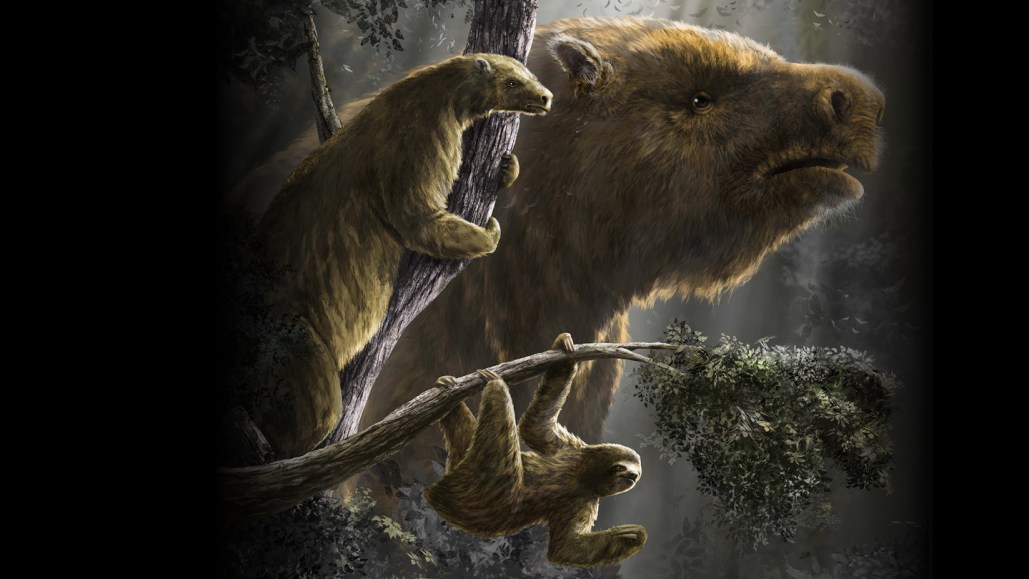
Paleontology
Sloths once came in a dizzying array of sizes. Here’s why
A new fossil and DNA analysis traces how dozens of sloth species responded to climate shifts and humans. Just two small tree-dwelling sloths remain today.
Every print subscription comes with full digital access

A new fossil and DNA analysis traces how dozens of sloth species responded to climate shifts and humans. Just two small tree-dwelling sloths remain today.
We summarize the week's scientific breakthroughs every Thursday.

Kanzi showed apes have the capacity for language, but in recent years scientists have questioned the ethics of ape experiments.

The Salmon Cannon and the Levitating Frog contends that curiosity-driven research helps us understand the world and could lead to unexpected benefits.

Researchers found the gene and genetic variation behind orange fur in most domestic cats, solving a decades-long mystery.

Not all plants can be stored in a seed bank. Cryopreservation offers an alternative, but critics question whether this form of conservation will work.

Analyses unveiled never-before-seen feathers and bones from the first known bird, strengthening the case that Archaeopteryx could fly.

A study in Uganda shows how often chimps use medicinal plants and other forms of health care — and what that says about the roots of human medicine.

Shape and symmetry help determine where a leaf lands — and if the tree it came from can recoup the leaf’s carbon as it decomposes.

It's not quite as bad as The Last of Us. But progress has been achingly slow in developing new antifungal vaccines and drugs.

This assassin bug's ability to use a tool — bees’ resin — could shed light on how the ability evolved in other animals.